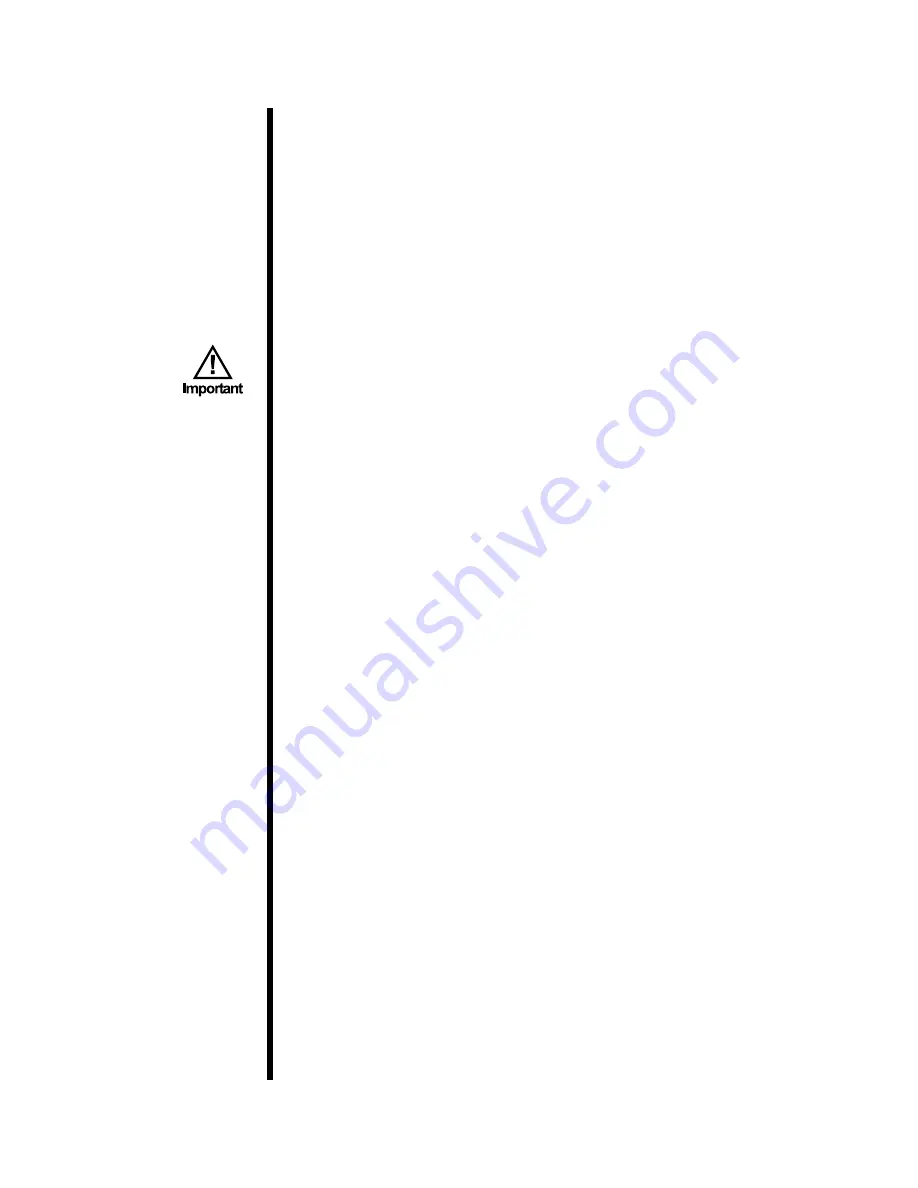
OFITE, 11302 Steeplecrest Dr., Houston, TX 77065 USA / Tel: 832-320-7300 / Fax: 713-880-9886 / www.ofite.com
5
Procedure
1. Inspect the electrode probe and cable for any evidence of damage. En-
sure that the entire electrode gap is free of deposits and that the connec-
tor to the instrument is clean and dry. Clean the electrode body thor-
oughly by wiping with a clean paper towel. Be sure to clean the electrode
gap. Swirl the electrode probe in the base oil used to formulate the mud.
If the base oil is not available, another oil or mild solvent like Isopropanol
is acceptable. Do not use a detergent solution or aromatic solvents such
as xylene to clean the electrode. Clean and dry the electrode probe as
before.
2. Pre-heat the oil mud sample to 120°F (48.8°C).
3. Pour the sample through a 12-mesh screen or Marsh Funnel screen into
a glass or plastic container.
Do not use a metal container
.
Record the mud temperature on the Drilling Mud Report Form.
4. Hand stir the sample with the electrode probe for approximately 10
seconds. This will help create a uniform composition and temperature.
Position the electrode probe so that it does not touch the bottom or sides
of the container. Be sure the electrode surfaces are completely covered
by the sample.
5. Push the button to begin the voltage ramp. Do not move the electrode
during the voltage ramp.
6. At the conclusion of the ramp test, note the ES value displayed on the
readout.
7. Repeat the above procedure with the same mud sample. The two ES
values should not differ by more than 5%. If they differ by more than 5%,
the meter or electrode should be checked.
8. Record the average of the two ES measurements on the Drilling Mud
Report Form.


























